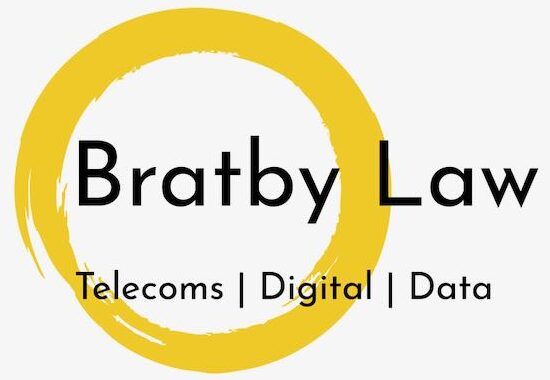Regular readers will know that I am slowly working my way around the telecoms markets of SE Asia. Thailand has been a recent focus, culminating in a two-day trip to Bangkok to try to understand the market dynamics behind the recently announced 3G auctions.
The auction is reported to be for 45 MHz of spectrum in 5MHz lots in the 2.1 GHz band, with a simultaneous ascending bid process. Each operator will be capped at 15 Mhz of auctioned spectrum, and the reserve price for each 5 MHz lot will be US$142 million.
Whilst the political, regulatory and commercial background are all interesting perhaps the thing that most struck me during my visit was how hot my iPhone ran, how quickly the batteries ran down and how slow access to email (let alone other services) was. For a country that in many ways is one of the most developed in SE Asia, my personal user experience was that there is room for significant improvement in its telecoms infrastructure. As I learnt more about the market structure, the reasons for my experience became clearer.
The IMF estimated that in 2011 Thailand (on a PPP basis) has a GDP of $616.783 billion, with GDP per head of $9,396, placing firmly in the middle-income bracket of countries. Transparency International’s 2011 corruption Perceptions Index ranked Thailand as the joint eightieth (of 182) with its peer group including Greece and Peru.
The structure of Thailand’s telecoms market is singular. Thailand has two legacy state-owned operators: TOT and CAT. TOT started life as the body responsible for domestic fixed voice, with CAT dealing with international voice. These operators are (by international standards) relatively inefficient and as mobile penetration has increased have become progressively less material in the provision of service to end-users.
However, in a very Thai process, TOT and CAT licensed three non-state owned entities (AIS, DTAC and True) to use parts of the radio spectrum on a concession basis. The concession contracts allow the concession holder to use spectrum, but on the basis that they both share revenue and that their networks are constructed on a ‘build-operate-transfer’ model. TOT licensed AIS and CAT licensed DTAC and True. However, the total amount of spectrum licensed in this way is tiny by international standards and as mobile penetration and usage has increased all the networks are suffering congestion, making release of additional spectrum a priority for Thailand.
Thailand has now moved away from a system of spectrum allocation by TOT and CAT and that competency rests with the recently (2010) formed National Broadcasting and Telecoms Commission (NBTC). The NBTC’s predecessor previously tried to auction 3G spectrum, but the process was stopped by CAT, in a legal action that was eerily reminiscent of legal challenges to auctions in other jurisdictions.
So, do I think that 3G auctions will finally happen in Thailand? Having spent time talking to a number of market participants and observers, the consensus seemed to be that it will all come down to politics – the formal process is almost a sideshow, and that whilst it was certainly worth tracking it would be rather foolish to reach conclusions about what would happen next based solely on the NBTC documentation.
